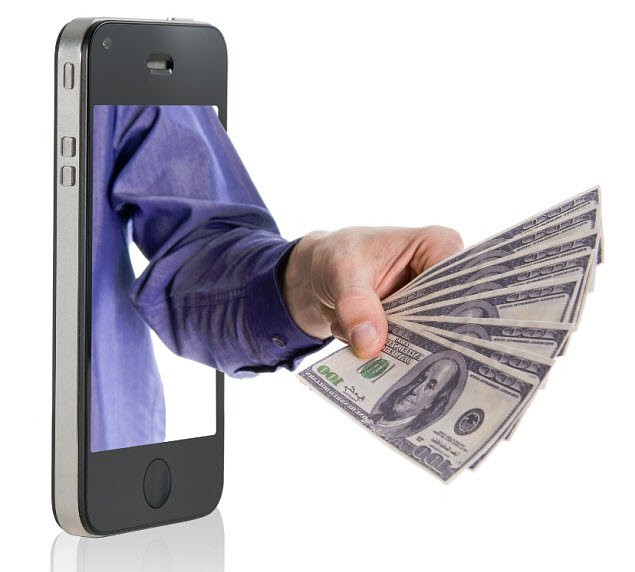Google has been taking a new approach to the mobile payments space
Google’s Android Pay may be much more than a mobile payments platform. Since the company announced Android Pay in June of this year, the platform has evolved rapidly, becoming much more than the payments service that Google may have originally intended it to be. In a recent interview, Pali Bhat, Director of Product Management for Android Pay, suggested that the mobile payments space is beginning to change, and Google may be the company to bring more innovation to the sector.
Android Pay is being designed to offer a seamless and secure experience for consumers
Android Pay may be more than a simple payments application, as it can be used to power a wide range of commerce and could be used to connect users with new commerce opportunities via other mobile applications. Google has been working to make the mobile payments space more secure overall, as well as ensuring that user experience is seamless with other apps and faster.
Android Pay may be quite different than other mobile payments platforms coming from competitors
 Google’s Bhat suggests that the company is taking a “fundamentally different approach” to the mobile payments space. Android Pay is, therefore, meant to exist as a part of the overall app experience that can be used alongside various platforms that existing in the overarching mobile payments ecosystem. One of the notably aspects of the platform is that the Android Pay app can be incorporated into other platforms that already exist, expanding its reach to consumers interested in mobile commerce.
Google’s Bhat suggests that the company is taking a “fundamentally different approach” to the mobile payments space. Android Pay is, therefore, meant to exist as a part of the overall app experience that can be used alongside various platforms that existing in the overarching mobile payments ecosystem. One of the notably aspects of the platform is that the Android Pay app can be incorporated into other platforms that already exist, expanding its reach to consumers interested in mobile commerce.
Google has managed to reach milestones that its competitors have failed to reach
Google may have a bright future in the mobile payments arena, which has become quite competitive. The company recently announced that it will be entering the Australian market in early 2016, an accomplishment that has eluded its competitor Apple. The company also recently allowed Android Pay to be used for in-app purchases in the United States. Google expects to see Android Pay explode in popularity in 2016, especially as more consumers get involved in the mobile commerce space and look for inclusive solutions that can provide a seamless experience across multiple platforms.

 Apple, the second largest smartphone maker in the world after Samsung, holds onto a worldwide market share of 13 percent, according to data from Gartner. It will be making an opening payment to Ericsson as a part of the agreement and this amount will be followed by additional payments in the form of royalties.
Apple, the second largest smartphone maker in the world after Samsung, holds onto a worldwide market share of 13 percent, according to data from Gartner. It will be making an opening payment to Ericsson as a part of the agreement and this amount will be followed by additional payments in the form of royalties.